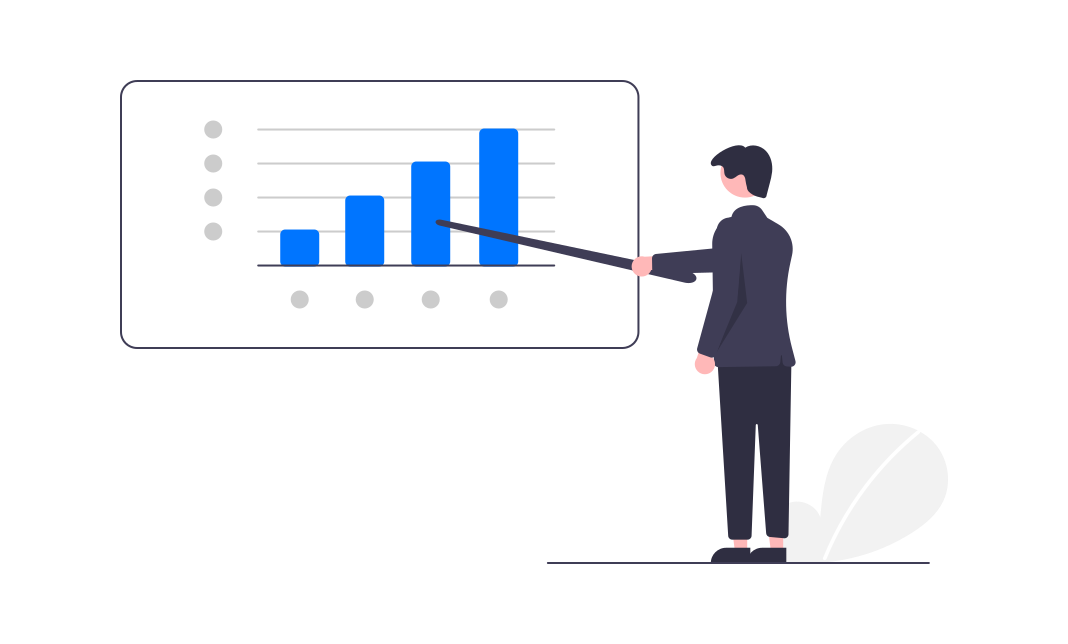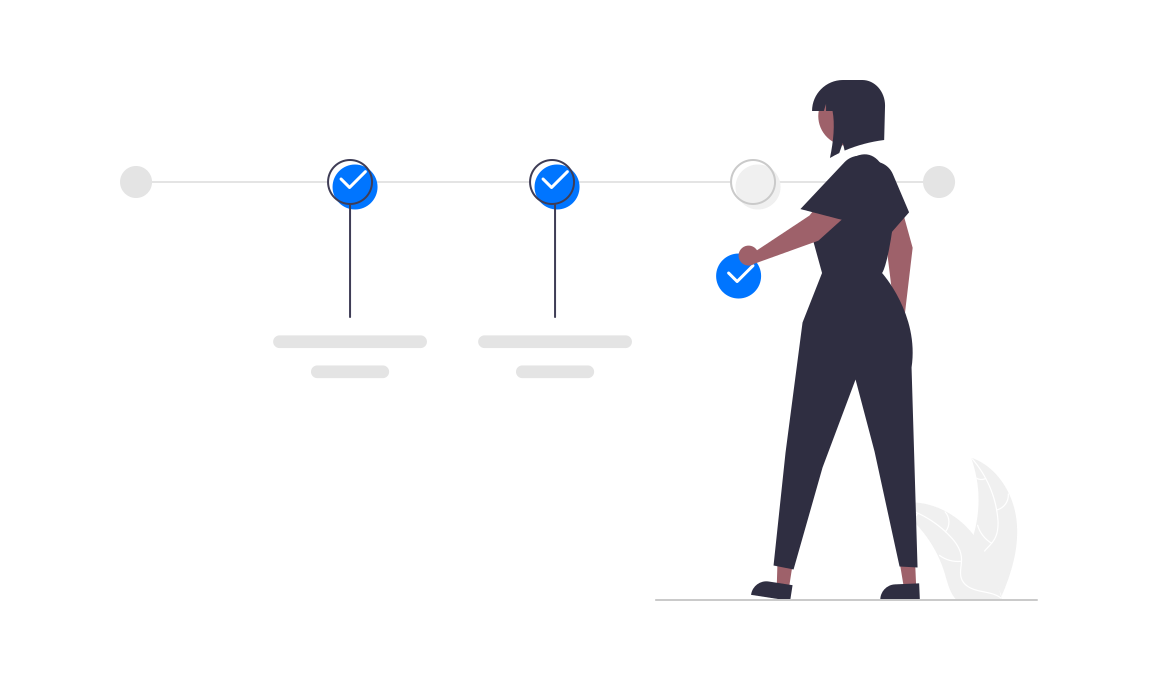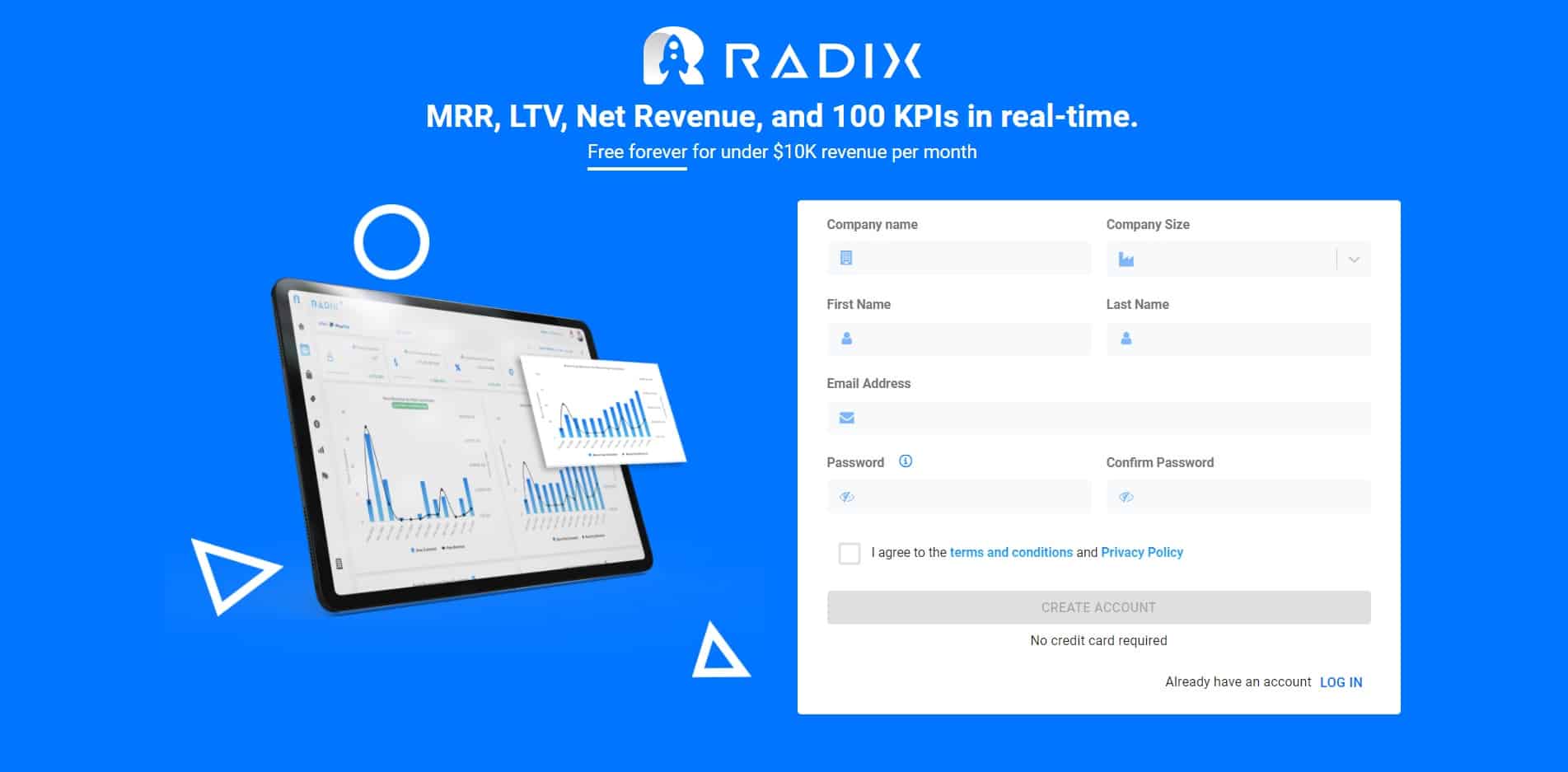Successful businesses have both eCommerce and project management running in tandem. This allows for the expansion of the company in the most efficient manner. If the company does not have both eCommerce and project management in place, it could cause a hiccup in operations.
Currently, e-commerce accounts for 14% of retail sales, and the sector is worth $4.5 trillion in 2022. Despite this, more than 80% of eCommerce enterprises fail. While there are many reasons for these failures, the most common ones have been linked to inadequate planning and project management. The world of online retail has become a very noisy place, and those stores that aren’t visually appealing, easy to use, and well managed should consider submitting their application to the startup cemetery right now.

What Project Management Strategy Should You Implement?
It’s important to develop the right type of project management strategy for your ecommerce. If you don’t put the pieces together correctly, you’ll find the success you’d have had hard to come by. So, today I’md be talking about some of the aspects that you should consider when creating your own ecommerce project management strategy.
You may choose from a variety of approaches, all of which have been tried and proven over the years as the IT sector and associated initiatives have matured. We’ll only go through each of them briefly here.
Lean
This style of management focuses on continual improvement and employs a strategy that allows for continuous workflow. You may add more components to focus on at each step of the project. The main concept of Lean is speed. When you use the 5 Lean PM concepts – identify value, map the value stream, create flow, develop pull, and pursue perfection – your attention is almost totally on your customer, which is a good thing. It’s never a terrible idea to figure out what your audience wants and then cater to them. However, it is critical not to become myopic and concentrate just on one aspect of e-commerce, even if it is the most crucial.
Agile
While Agile is likewise an iterative process, the fundamental difference is that at each step of development, pieces of the final product are worked on. The major benefit of this system is its adaptability. You’re more likely to notice higher customer satisfaction if you don’t keep to a fixed strategy and allow for change based on consumer input. Development teams are divided into cross-functional groups that work on iterations throughout time to generate a working product at the end of each iteration.
Scrum
Daily stand-ups and weekly sprints are the hallmarks of this system. Your team will work in harmony on a certain aspect of the project using this strategy, ensuring that it is viewed as a whole. Goals are reviewed every week to verify that they are met. You’ll also utilize the backlog to keep track of projects and features that you want to look at further down the road. This approach of tracking is significantly more systematic, making it easy to understand if team members are falling behind and why they are doing so.
Kanban
Kanban is another approach that might help you design and maintain your e-commerce business. While it is similar to scrum in that sprints are utilized and modifications may be made throughout the sprint, the fundamental distinction with Kanban is that it focuses on smaller sprints and tasks, and the time it takes to complete each sprint is frequently shorter. All of this is done to reduce the time it takes to roll out new features.

In Your Project Management Plan, What Tasks Should You Include?
It’s time to start planning each task once you’ve determined the project management approach you’ll use for your e-commerce project. Here are a few examples of what you should include:
- Competitor analysis
- Website planning
- Design and layout of your site
- Product photography and optimization
- Email and social media marketing
- Paid advertising
- Payment process organization
- Copywriting
Now that you understand that establishing an e-commerce firm entails more than just setting up a platform, it’s evident why you’ll need a project management strategy. Using one of the abovementioned management approaches can assist in keeping things organized and going along smoothly. When you combine a sound process with effective tools, you’re more likely to get greater outcomes sooner.

What’s the Next Step?
You’re ready to start planning your e-commerce project now that you’ve picked your strategy, established your tasks, and chosen your project management system. We’ve put together a proposed project plan that you can use and adjust as needed to help you get started with your e-commerce strategy. However, before you start arranging your project, you should do a thorough analysis of your competitors. Figure out what they’re doing right and where they’re doing wrong so you can replicate the good while avoiding the bad. Following that, think about the following:
- Set goals and identify your objectives – how can you know if you’ve succeeded if you don’t know what you want to achieve?
- Work out the several roles you’ll need to fill — hiring the proper staff is critical to your success.
- Set a deadline for yourself — if you don’t have a deadline, you can end up iterating indefinitely.
- Remember to break down each project component into individual tasks and allocate them to the appropriate persons. If you’re going to use sprints, be sure the tasks you’ve established can be finished in one sprint. If not, you should reconsider your options.
- Test – Many projects fail because business owners do not put their platforms and ideas to the test. What you think makes sense may not make sense to your customers. Compile all of your lessons learned in one spot, including what worked, what didn’t, and what areas still require improvement.
- Iterate – the goal is to keep improving and upgrading your product. Maintain a current knowledge base and take risks.
You’ll be able to discover where the gaps are and correct them if you stick to these broad scope methods. You’ll already be distinguishing yourself from 90% of your competitors if you approach your project with intention and forethought.

Use Radix to Start Tracking and Analyzing Your Ecommerce Revenue – Improve your Project Management Plan
Once you have your eCommerce fully assembled and running, you need to start measuring the metrics that your operations generate. Radix is the best alternative to analyze and track everything related to your revenue sources. It is super simple to set and will take you less than 5 minutes to do.
You cannot improve what you cannot measure
Sign Up Here!

Read More:
Top 10 eCommerce Metrics to Track
13 Features Your eCommerce Website Should Add To Succeed





